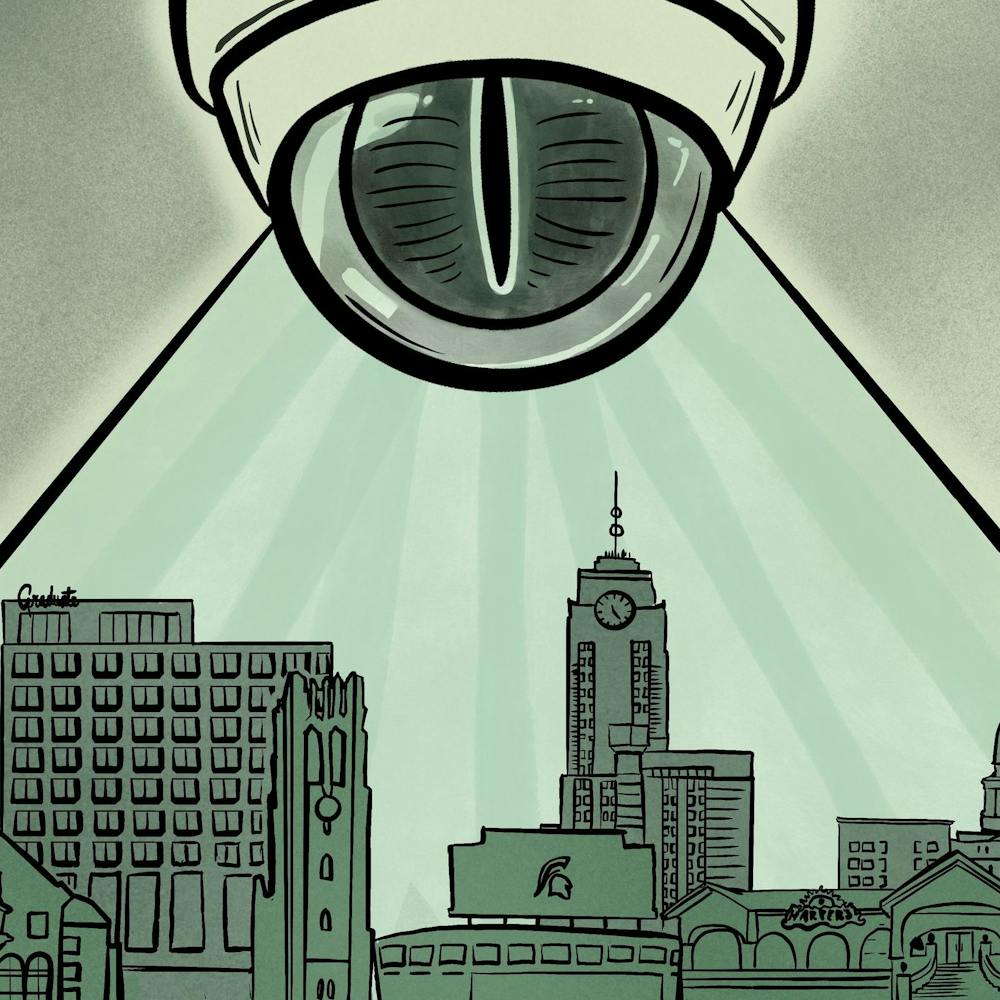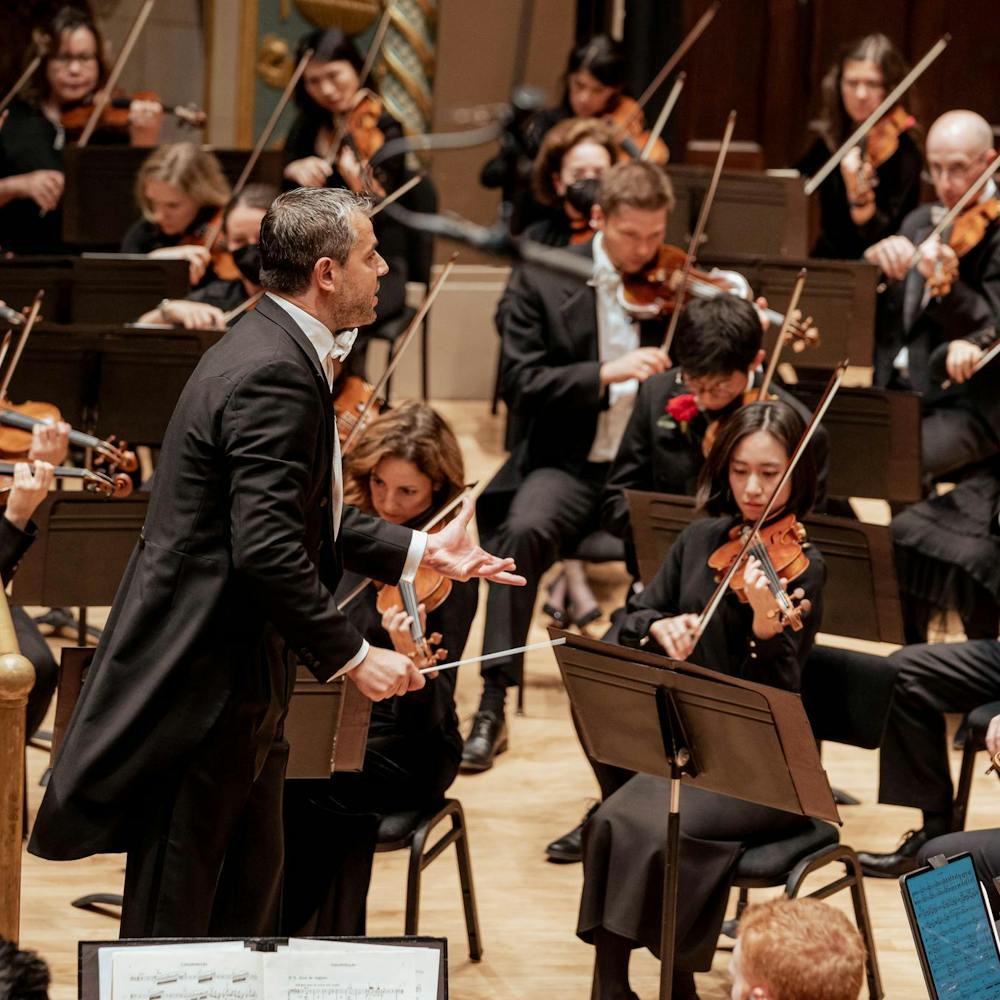Lynn Allen stores his brownies inside a zipper sandwich bag in his refrigerator, atop a plastic container of homemade cannabis butter.
The 53-year-old Williamston man was born with hemophilia, a genetic bleeding disorder, and uses medical marijuana to increase his appetite and reduce the disease’s characteristic joint pain.
Allen applied for the Michigan Medical Marijuana Program registration card after medical marijuana was legalized nine months ago.
Michigan voters last November approved Proposals 1 and 2, allowing patients to grow and use the drug to treat chronic diseases and opening doors to research embryonic stem cells in Michigan.
Proposal 1 also created a patient identification system and set rules for enforcement and use of the drug.
Proposal 2, the stem cell measure, eased regulations on stem cell research to allow any federally approved stem cell research to be done in Michigan.
Nine months after the two proposals became law, citizens and officials still are sorting out their impacts.
Medical marijuana
For Allen, the legislation meant he could explore another avenue of treatment. During a 1978 blood transfusion to treat his hemophilia, he was infected with the HIV/AIDS virus. He controls the virus using traditional medicine, but Allen’s appetite has suffered.
He said he lost about 50 pounds due to the hemophilia, and uses marijuana almost daily before dinner to jump-start his appetite.
“I have no appetite unless I medicate,” Allen said.
But Allen said he tries to limit the drug’s effects on his life.
“I don’t like to be stoned all day,” he said.
The proposal allows patients to have as many as 2.5 ounces of usable marijuana and a maximum of 12 plants, which must be stored in a locked area. Allen grows his plants in his locked and fenced backyard.
But the new law is not met with full support. Opponents argue it has not undergone drug testing and plant strength and dosages can vary, said David Fox, spokesman for the Michigan State Medical Society.
“Nobody knows about how much marijuana a person should use,” Fox said.
As of Sept. 25, the Michigan Department of Community Health had issued 4,329 patient registration cards and 1,751 caregiver cards, department spokesman James McCurtis said.
Caregivers are individuals with permission to grow medical marijuana for patients.
But even though medical marijuana is legal, many uncertainties remain — including caregiver rights, a price regulation system and what counts as usable marijuana, said Zach Jarou, founder of Spartans for Medical Marijuana.
“They’ve got the protection, now they just need to make sure the system’s there,” Jarou said. “It’s not California yet.”
Support student media!
Please consider donating to The State News and help fund the future of journalism.
Allen and Jarou said police unfamiliarity with the law also has caused some confusion, and although Allen never has had issues with police, users in other communities have been mistakenly charged with crimes.
East Lansing police Chief Tom Wibert said in an e-mail the department has had no encounters with medical marijuana patients or caregivers.
Embryonic stem cells
After the passage of Proposal 2 loosened Michigan’s restrictions on human embryonic stem cell research, scientists from MSU and statewide are taking the first steps in bringing the research to Michigan.
MSU researchers have submitted funding proposals to the federal government and the university is creating an ethics panel to review them, said Jose Cibelli, animal science professor and head of MSU’s Cellular Reprogramming Laboratory.
Although some researchers argue that embryonic cells are no better than adult stem cells, Cibelli said the embryonic cells have fewer mutations and can be more specialized to certain diseases and ethnicities.
“We can do a lot of things we couldn’t do before,” he said. “Research is moving forward.”
MSU could begin conducting embryonic stem cell research within six months, Cibelli said.
The law does not allow embryos to be bought or sold and prevents researchers from taking the stem cells from embryos more than 14 days after cell division begins. But with research progressing, opponents say more oversight is needed on a practice that destroys embryos in the name of science.
“It’s a blatant destruction of human life,” said Dave Maluchnik, communications director for the Michigan Catholic Conference.
James Trosko, pediatrics and human development professor and director of MSU’s adult human stem cell lab, said the concerns surrounding embryonic stem cell research outweigh the benefits and could keep scientists from pursuing embryonic research.
Scientists have been unable to develop the embryonic cells, and they could lead to embryonic tumors if they are implanted into a patient, Trosko said.
“The limitations — legal, religious, philosophical and political — are enough to stop most people from working in (embryonic stem cells),” he said.
Discussion
Share and discuss “Citizens weigh impact of Props. 1, 2” on social media.





